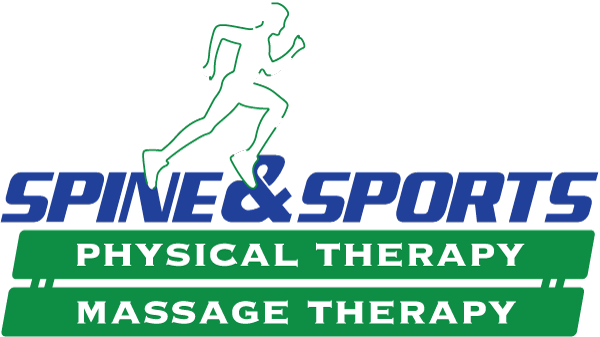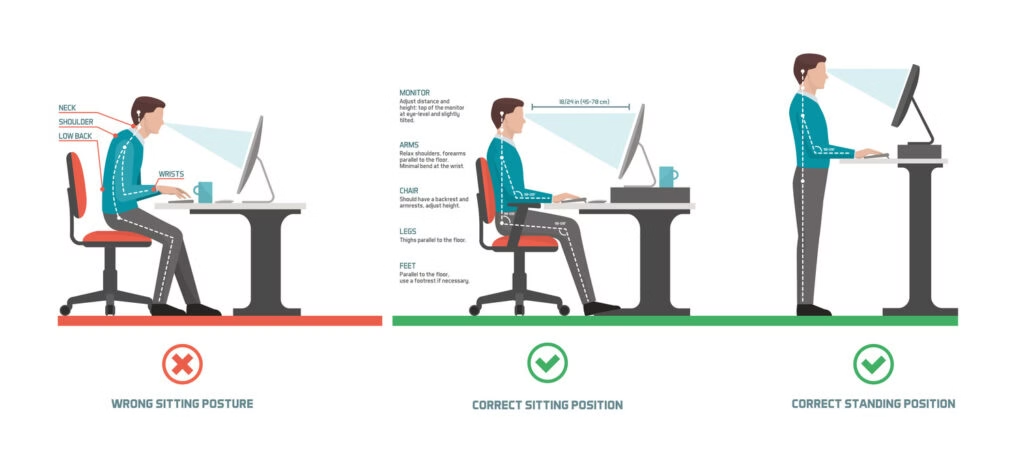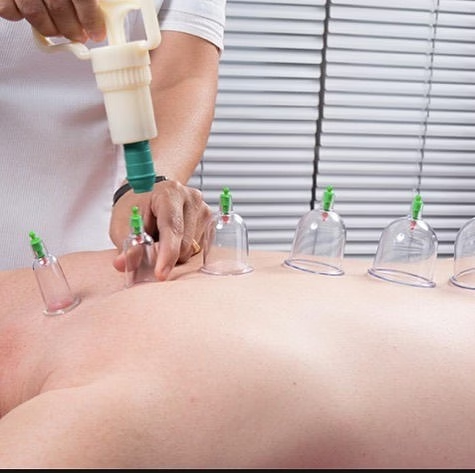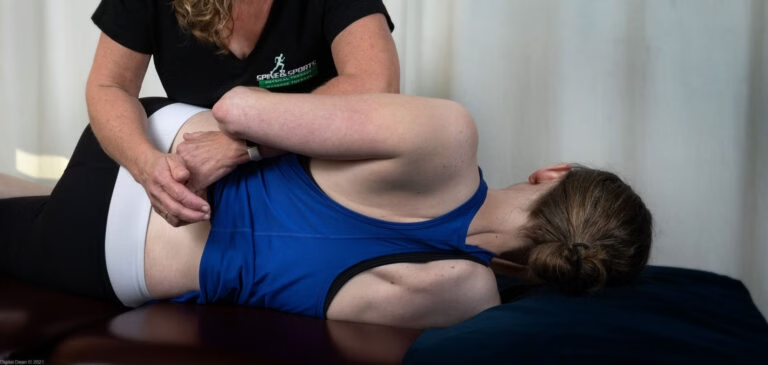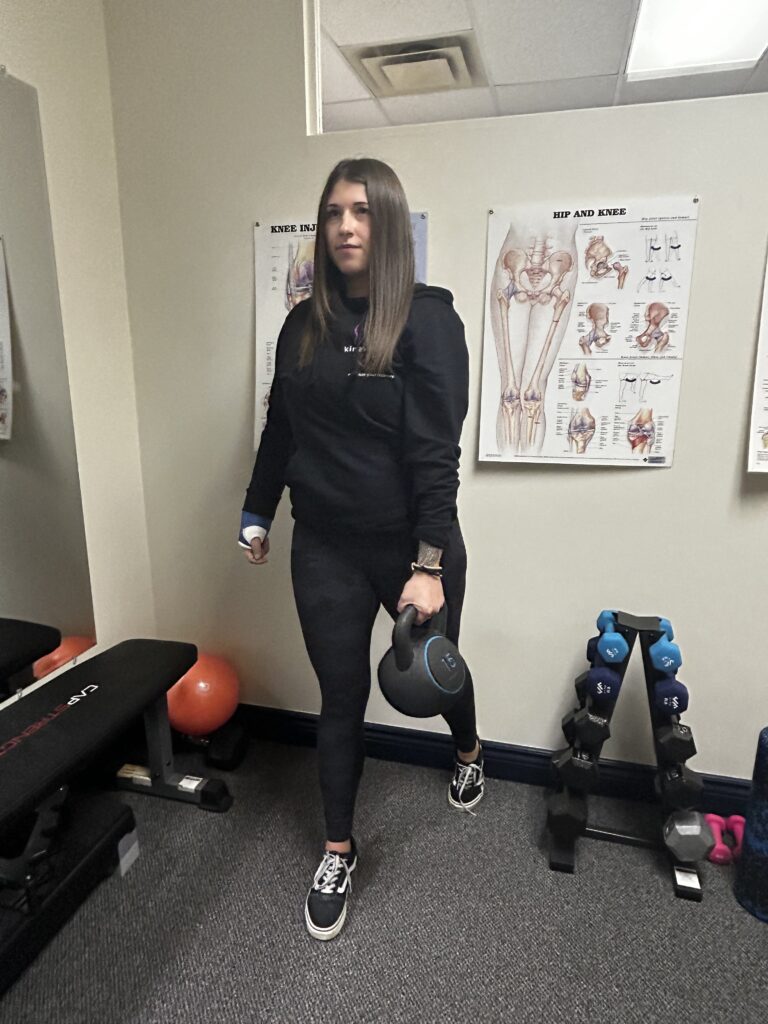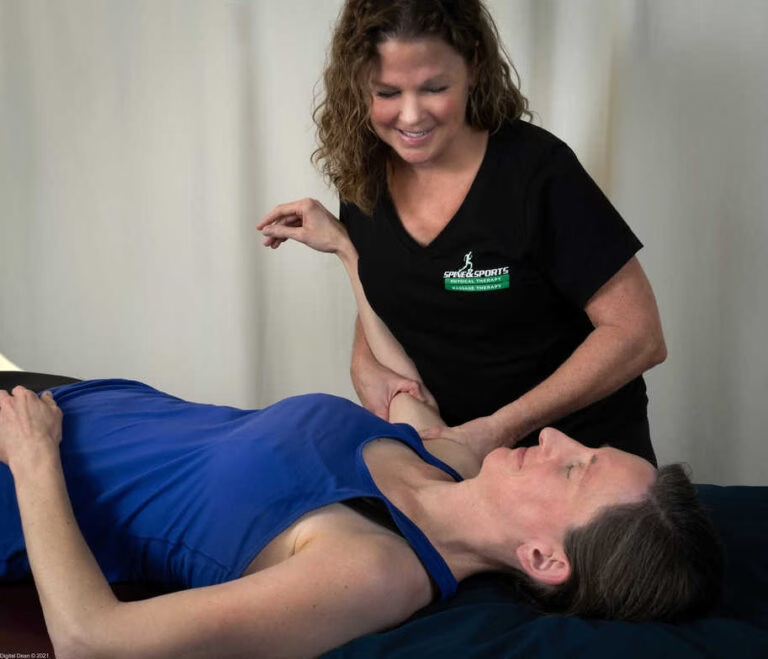Head, Neck and Eyes
Position your monitor about an arm’s length away
- Adjust the monitor height so the top of the viewing area is slightly below your eye level; this height should be decreased for bifocal-users
- Place the document holder at the same height as the monitor’s viewing area, or in line with monitor
- Back & Shoulders
- If seated, make sure to select a chair with lumbar support that adjusts to fit your lower back
- Arms should rest at the side of your body while using the keyboard
- Place the mouse next to the keyboard, at the same height
Elbows & Forearms
Your elbow should be bent between 90 – 110 degrees
- Ensure the keyboard is positioned slightly below your elbow height
- If seated, lower or remove arm rests during typing tasks to prevent elevation of arm/shoulder
- Hands & Wrists
- Keep your wrists straight while typing by placing the keyboard/mouse slightly below elbow height
- Place wrist rests so they do not contact your hands or wrists while typing
- Hold the mouse with a relaxed grip during use and relax hand while not in use
- Depress the keys lightly and remove your hands from the keyboard when not typing
- Flatten the feet on the underside of your keyboard to minimize wrist bending
Lower Extremities
If seated, adjust the seat pan to fully support your upper legs, allowing space for 2-3 fingers between the back of the knee and the front of the seat
- Position your knee joint angle between 90 – 110 degrees with feet resting flat on the floor or footrest
- If standing, use anti-fatigue matting or anti-fatigue insoles/shoes for additional comfort
- You can also prop one foot up on a footrest and alternate between legs
